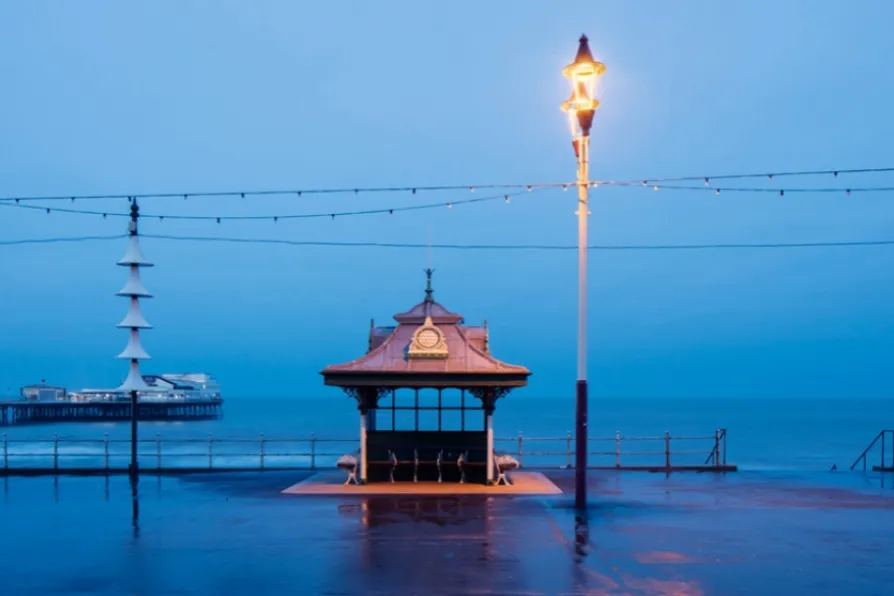RICHARD MURGATROYD enjoys a readable account of the life and meditations of one of the few Roman emperors with a good reputation
At the edge of the horizon
A photographic album of Britain’s seaside shelters brings back fond childhood memories for TOM KING

 Blackpool seafront
Blackpool seafront
Seaside Shelters
by Will Scott
(Heni Publishing £14.99)
Throughout my childhood my brother and I made frequent visits to our grandparents in North Wales.
Their retirement destination of choice, Llandudno, wasn’t the most exciting place to spend a weekend and apart from a toboggan run down the Great Orme and a beach without sand — to my eight-year-old mind an essential ingredient for seaside fun — there wasn’t an awful lot to do but watch Independence Day on VHS and take long walks along Llandudno’s expansive ‘front’ to the pier at the other end.
About halfway along that Spartan promenade we would pass a drab construction of concrete and creosoted pine, which seemed to be populated by the same three people each time.
Similar stories

Ben Cowles speaks with IAN ‘TREE’ ROBINSON and ANDY DAVIES, two of the string pullers behind the Manchester Punk Festival, ahead of its 10th year show later this month

In an exhibition of the graphic art of Lorna Miller, MATT KERR takes a lungful of the oxygen of dissent

The Morning Star sorts the good eggs from the rotten scoundrels of the year

Two new releases from Burkina Faso and Niger, one from French-based Afro Latin The Bongo Hop, and rare Mexican bootlegs










